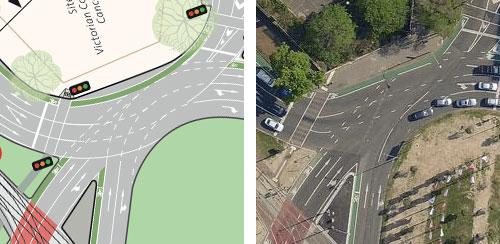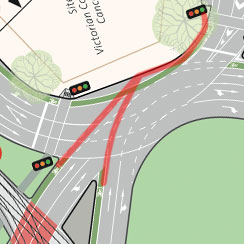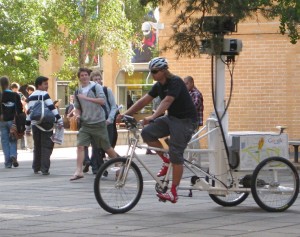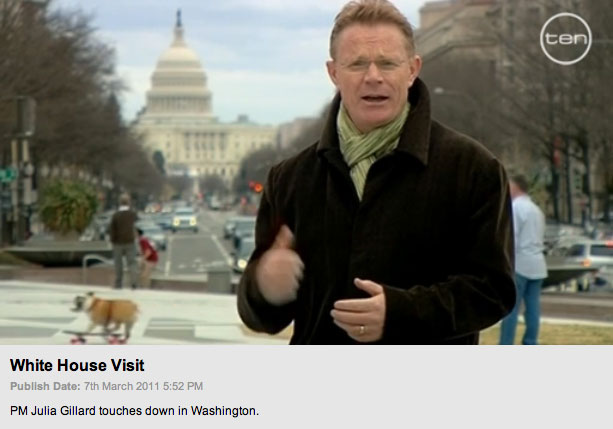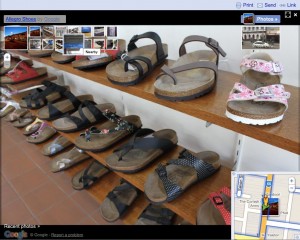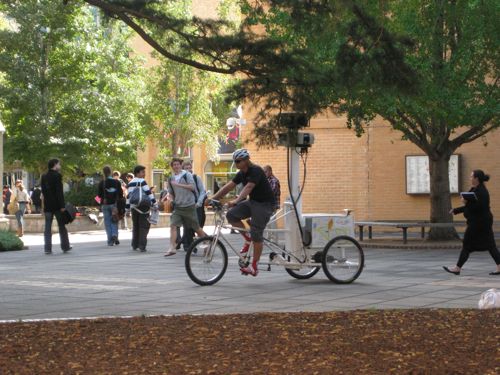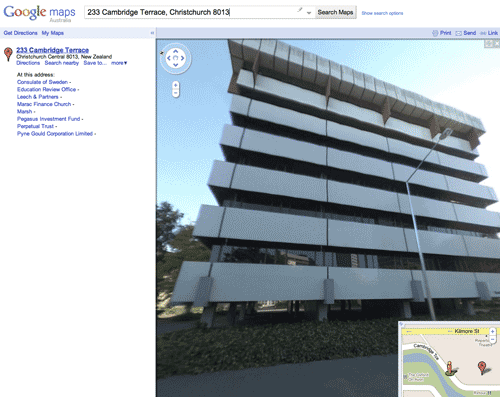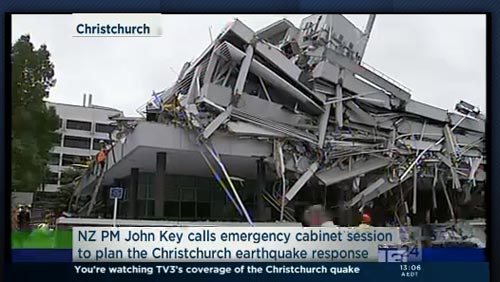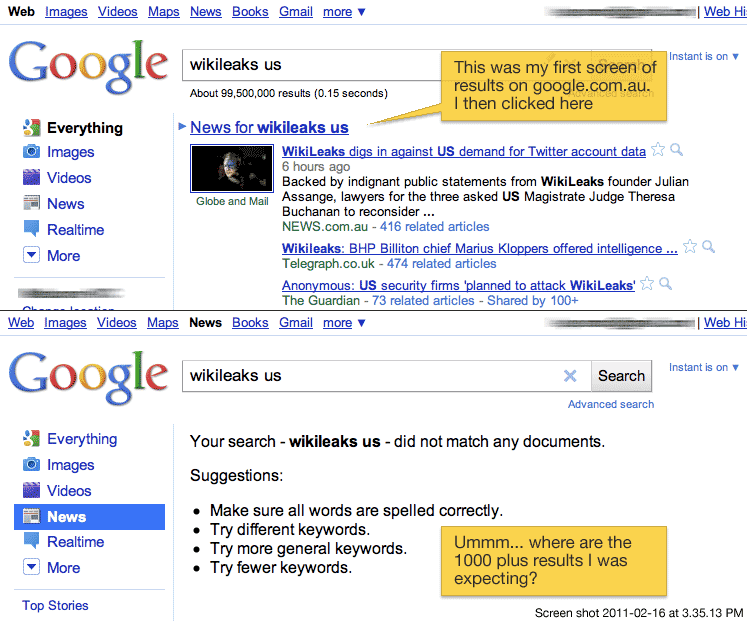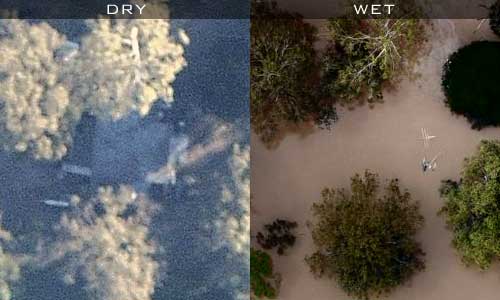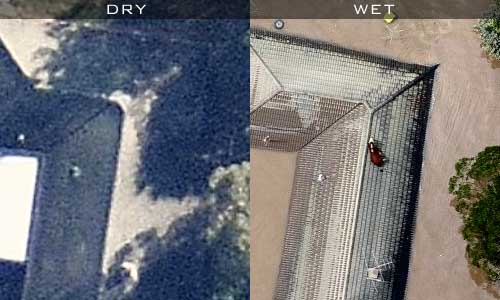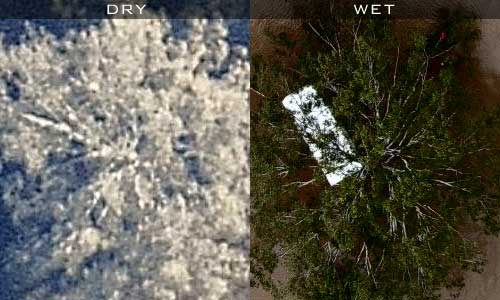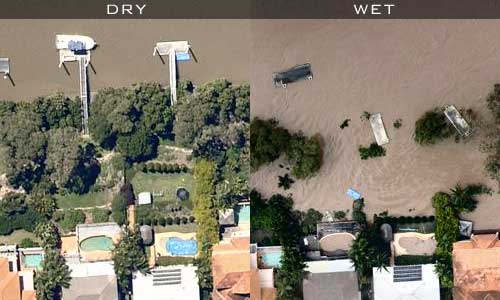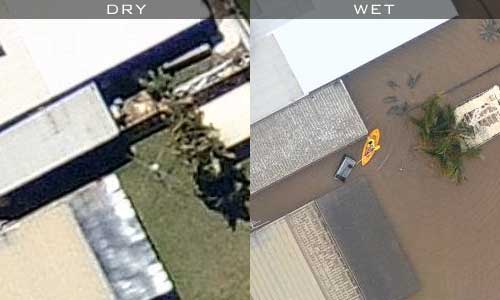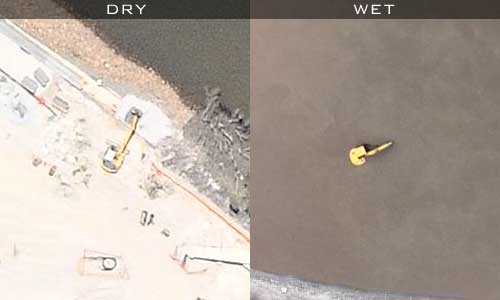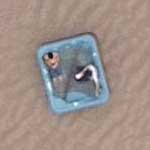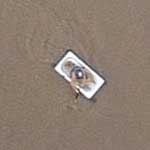Like the rest of the world, I’ve watched, appalled as the people of Japan dealt with the triple disaster of earthquake, tsunami and nuclear. Only slightly less appalling is the way the nuclear lobby have pointed to Fukushima as an example of why nuclear energy is safe and good.
I don’t pretend to be an expert on nuclear energy – not an expert on any of it really – but I do my best to argue a point in a balanced and logical way, something the lobbyists are naturally struggling with.
Is nuclear safe?
This has been an interesting argument. The lobbyists have rightly pointed out that many people died as a result of the collapse of a hydro electric dam during the Japanese earthquake, but so far none have died as a result of the nuclear difficulties. The facts are plain enough, but to drag these facts alongside each other and deduce that therefore nuclear is safer is a complete nonsense, and it’s all about playing with peoples’ perception of risk.
How much do they think was spent on safety measures around the hydro dam? What about, as a percentage of the budget of the facility, or perhaps per Megawatt of energy produced? I don’t know, but I’m having a little guess that keeping a nuclear facility ‘safe’ costs a lot of money. I also reckon that if an equivalent proportion of money was spent keeping the people safe from the hydro dam, then there would have been no deaths.
We don’t perceive a dam as terribly dangerous, so naturally less money gets spent, less safeguards are put in place, and when things go horribly wrong, more people are put at risk. It’s completely shameful that the nuclear apologists are using this inappropriate comparison to promote their point of view.
Why am I frightened by nuclear?
People are frightened by all sorts of things, sometimes those fears are irrational. One of the main reasons we are so scared of nuclear is because we can’t easily see it. Running away is a fundamental survival instinct, we feel safer if we think we can get away from danger, but where do you run when you don’t know what you’re running from?
This is a big issue. On the news tonight, I heard a Japanese man saying that he though he would be able to go back to his home soon, because he couldn’t see any problem, but authorities are telling him he might never be able to safely return. How confusing that must be.
So, if we can’t see the problem, we rely on people to tell us when it’s safe. Unfortunately, past experience with this sort of disaster control has left us deeply suspicious of authorities. Do we really believe them when they say it’s safe? No. One of the most frightening stories I’ve ever heard about nuclear disaster is a story by childrens’ author, Raymond Briggs, When the Wind Blows. It’s a simply told, terrifyingly believable story that is guaranteed to give you nightmares and remind of the risks of trust.
Lets go back to the hydro dam. A terrible toll of life, to be sure, but the water passed. People will return to pick up their lives, houses will be rebuilt, hopefully lessons will be learned. What will happen around the ‘safe’ Fukushima nuclear plant? Will people return next month? Will life go on as normal? Will the wounds heal? Not bloody likely! It won’t be safe to live there, drink the water, eat the food, catch the fish for many many years to come.
How can these fools ignore such a glaring aspect of the argument?
Is nuclear smart?
To me, this is a bit like the argument against fossil fuels. Take everything else out of the equation. Forget about relative cost, safety, efficiency… just listen to this. You dig something up, a finite resource, it costs a heap to dig up, you turn it into something really dangerous, suck the life out of it, and then have it hang around being dangerous for a very very long time. Does that sound smart? Does that sound like something you want to keep doing? Doesn’t it make you, just for a moment, think it might be worth exploring the other options?
I thought so 😉
